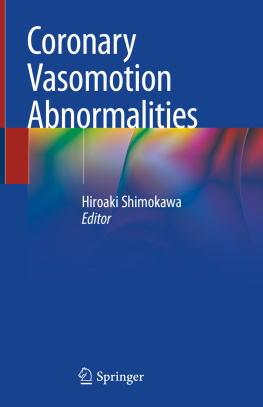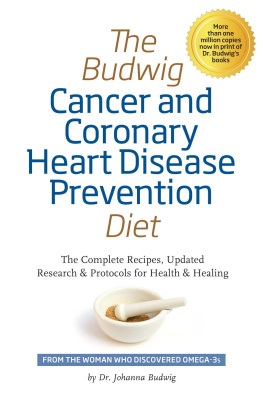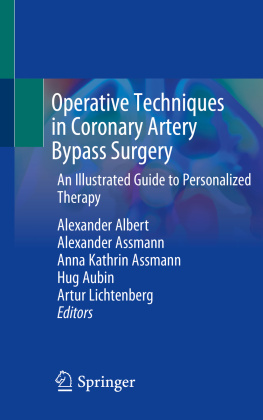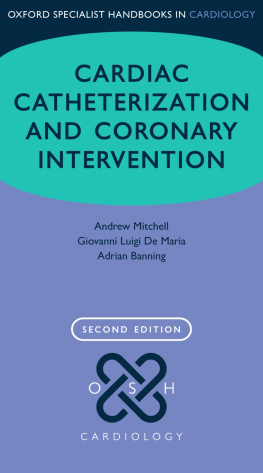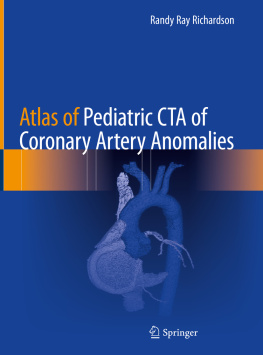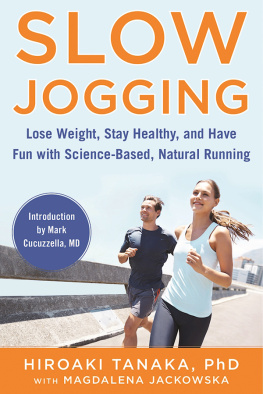Hiroaki Shimokawa - Coronary Vasomotion Abnormalities
Here you can read online Hiroaki Shimokawa - Coronary Vasomotion Abnormalities full text of the book (entire story) in english for free. Download pdf and epub, get meaning, cover and reviews about this ebook. year: 2020, publisher: Springer Singapore, genre: Detective and thriller. Description of the work, (preface) as well as reviews are available. Best literature library LitArk.com created for fans of good reading and offers a wide selection of genres:
Romance novel
Science fiction
Adventure
Detective
Science
History
Home and family
Prose
Art
Politics
Computer
Non-fiction
Religion
Business
Children
Humor
Choose a favorite category and find really read worthwhile books. Enjoy immersion in the world of imagination, feel the emotions of the characters or learn something new for yourself, make an fascinating discovery.
- Book:Coronary Vasomotion Abnormalities
- Author:
- Publisher:Springer Singapore
- Genre:
- Year:2020
- Rating:3 / 5
- Favourites:Add to favourites
- Your mark:
- 60
- 1
- 2
- 3
- 4
- 5
Coronary Vasomotion Abnormalities: summary, description and annotation
We offer to read an annotation, description, summary or preface (depends on what the author of the book "Coronary Vasomotion Abnormalities" wrote himself). If you haven't found the necessary information about the book — write in the comments, we will try to find it.
Coronary Vasomotion Abnormalities — read online for free the complete book (whole text) full work
Below is the text of the book, divided by pages. System saving the place of the last page read, allows you to conveniently read the book "Coronary Vasomotion Abnormalities" online for free, without having to search again every time where you left off. Put a bookmark, and you can go to the page where you finished reading at any time.
Font size:
Interval:
Bookmark:
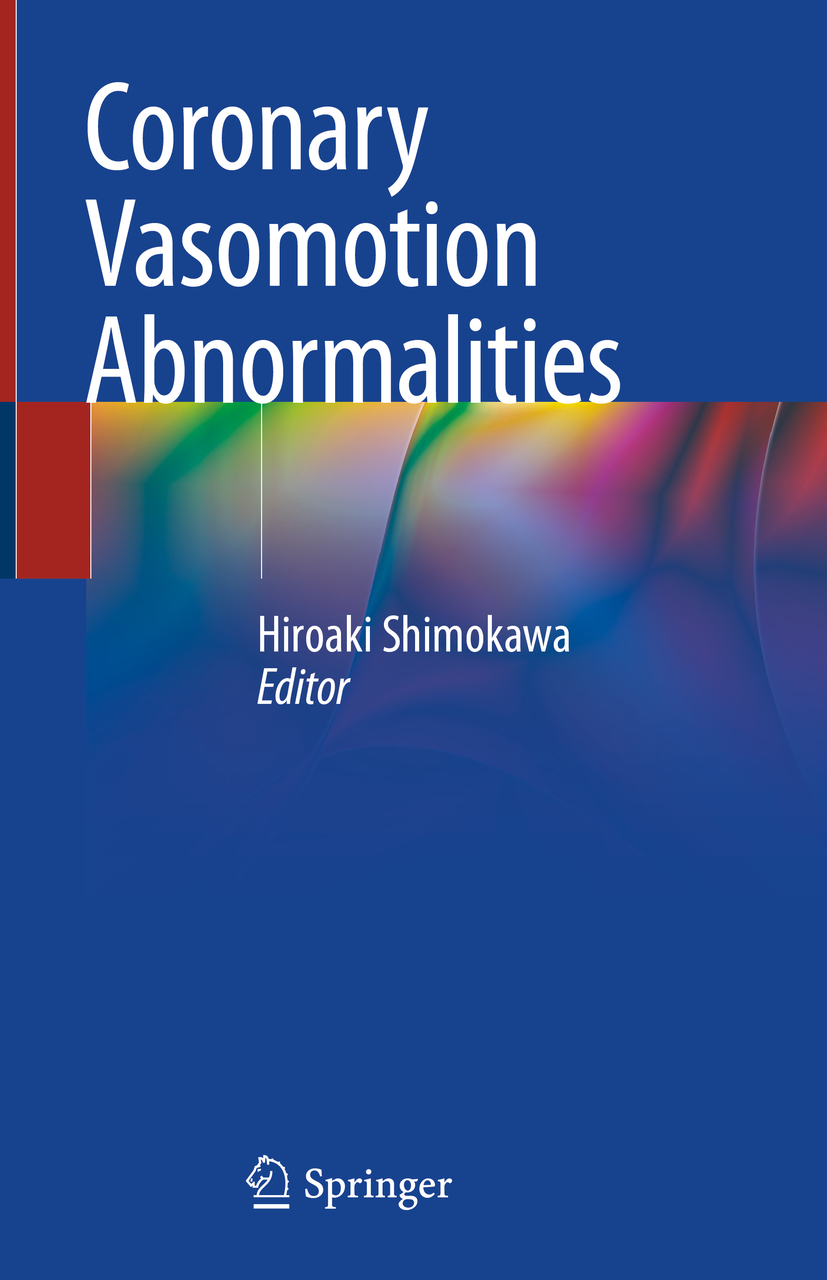

This Springer imprint is published by the registered company Springer Nature Singapore Pte Ltd.
The registered company address is: 152 Beach Road, #21-01/04 Gateway East, Singapore 189721, Singapore
 Stable coronary artery disease (CAD) is mainly caused by the various combinations of the three mechanisms, including epicardial organic coronary stenosis, epicardial coronary artery spasm, and coronary microvascular dysfunction (CMD). The representative manifestations of those three mechanisms are effort angina, vasospastic angina (VSA), and microvascular angina (MVA), respectively. Among them, VSA and MVA represent typical manifestations of coronary functional abnormalities. To date, much attention has been paid to the first mechanism, epicardial organic coronary stenosis, leading to the successful developments of percutaneous coronary intervention (PCI) and coronary artery bypass grafting (CABG). However, it is also widely known that approximately 40% of patients with obstructive CAD still suffer from persistent/recurrent angina even after complete revascularization with PCI and/or CABG. Also, the prevalence of angina with nonobstructive CAD has been rapidly increasing worldwide, approximately 70% in women and 50% in men. Furthermore, to the surprise of the world, recently, the ISCHEMIA Trial has convincingly demonstrated that revascularization strategy with PCI or CABG has no prognostic benefit in patients with stable CAD with proven moderate to severe myocardial ischemia (NEJM, 2020). These lines of evidence indicate the importance of coronary artery vasomotion abnormalities in the pathogenesis of stable CAD.
Stable coronary artery disease (CAD) is mainly caused by the various combinations of the three mechanisms, including epicardial organic coronary stenosis, epicardial coronary artery spasm, and coronary microvascular dysfunction (CMD). The representative manifestations of those three mechanisms are effort angina, vasospastic angina (VSA), and microvascular angina (MVA), respectively. Among them, VSA and MVA represent typical manifestations of coronary functional abnormalities. To date, much attention has been paid to the first mechanism, epicardial organic coronary stenosis, leading to the successful developments of percutaneous coronary intervention (PCI) and coronary artery bypass grafting (CABG). However, it is also widely known that approximately 40% of patients with obstructive CAD still suffer from persistent/recurrent angina even after complete revascularization with PCI and/or CABG. Also, the prevalence of angina with nonobstructive CAD has been rapidly increasing worldwide, approximately 70% in women and 50% in men. Furthermore, to the surprise of the world, recently, the ISCHEMIA Trial has convincingly demonstrated that revascularization strategy with PCI or CABG has no prognostic benefit in patients with stable CAD with proven moderate to severe myocardial ischemia (NEJM, 2020). These lines of evidence indicate the importance of coronary artery vasomotion abnormalities in the pathogenesis of stable CAD.
In 1983, I succeeded in developing the first animal model of coronary artery spasm in pigs (Science, 1983) and have been performing a series of experimental and clinical studies since then for almost 40 years. My research group has demonstrated that coronary spasm is caused mainly by vascular smooth muscle hypercontraction mediated by Rho-kinase activation, that chronic adventitial inflammation is a central pathophysiology of the spasm, and that Rho-kinase inhibitor, fasudil, is very effective for the spasm. We have also performed domestic and international collaboration registry studies on coronary artery spasm, demonstrating the ethnic differences in clinical characteristics, treatments, and long-term prognosis of VSA patients.
We have also performed a series of experimental and clinical studies on CMD, in which we demonstrated that Rho-kinase activation also plays an important role in the pathogenesis of CMD and that epicardial spasm and CMD frequently co-exist. As a member of the Coronary Vasomotion Disorders International Study Group (COVADIS), I have also been performing an international prospective registry study on MVA, which demonstrated the ethnic differences in clinical patient characteristics, treatments, and long-term prognosis of MVA patients.
After almost 40 years of research, I have retired from Tohoku University in March 2020 and planned to publish a book that summarizes research works mainly from my laboratory to memorize my research on coronary vasomotion abnormalities. In Part I, we will focus on epicardial coronary artery spasm, including epidemiology of VSA, and pathophysiology, molecular mechanisms, diagnosis, and treatment of coronary artery spasm. In Part II, we will focus on CMD, including its epidemiology, pathophysiology, diagnosis, and treatment.
I hope that this book will help readers better understand the progress and current knowledge on coronary vasomotion abnormalities.
Vasospastic angina (VSA) is one of the important functional cardiac disorders characterized by transient myocardial ischemia due to epicardial coronary artery spasm. The term of VSA is basically synonymous with the terms Prinzmetals angina and variant angina, and is known to be associated with a wide variety of cardiac ischemic conditions, including stable angina, acute coronary syndrome, and life-threatening arrhythmic events. A number of studies have elucidated patient characteristics, outcomes, and prognostic factors of VSA, which led to a better understanding and management for this disorder. However, there remains to be insufficient data on the prevalence of VSA in both Eastern and Western countries, probably because it is difficult and cumbersome to examine coronary spasm during coronary angiography. On the other hand, it has been well known that age, smoking, high-sensitivity C-reactive protein, and remnant lipoprotein are significant risk factors for coronary spasm. Recently, the Japanese Coronary Spasm Association (JCSA) demonstrated that, in the temporary VSA patients, overall 5-year survival rate free from all-cause death or major adverse cardiac events was 98% and 91%, indicating the clinical outcome appears to be further improved as compared with the 1980s. Furthermore, the JCSA also developed a risk scoring system consisting of 7 predictive factors including history of out-of-hospital cardiac arrest and smoking, of which the average prediction rate was approximately 90%. In this chapter, we will briefly review the epidemiological data regarding VSA from a broad set of perspectives, including demographic characteristics, incidence and prognosis, risk and precipitating factors, and other recent clinical topics.
Font size:
Interval:
Bookmark:
Similar books «Coronary Vasomotion Abnormalities»
Look at similar books to Coronary Vasomotion Abnormalities. We have selected literature similar in name and meaning in the hope of providing readers with more options to find new, interesting, not yet read works.
Discussion, reviews of the book Coronary Vasomotion Abnormalities and just readers' own opinions. Leave your comments, write what you think about the work, its meaning or the main characters. Specify what exactly you liked and what you didn't like, and why you think so.

